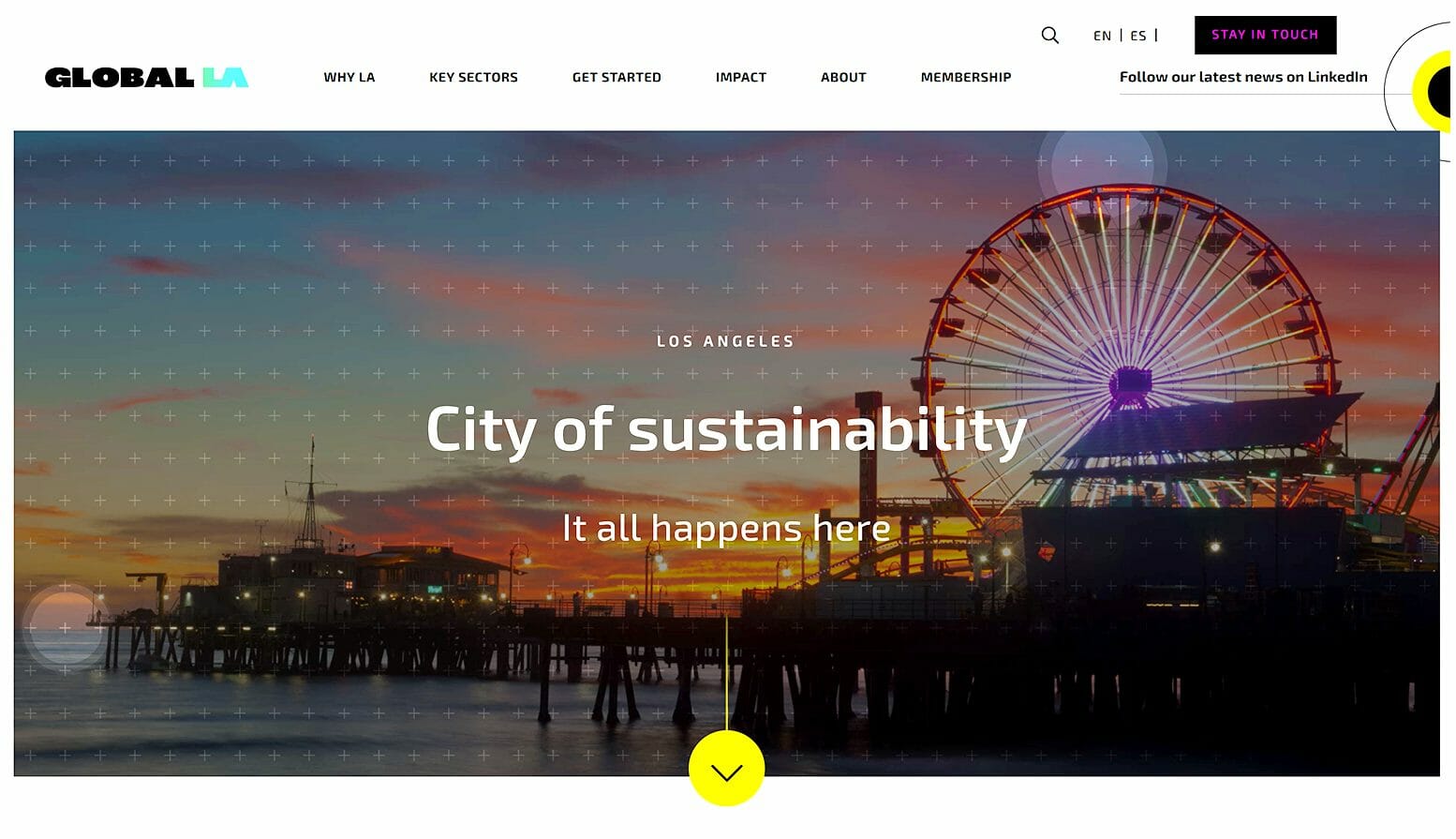29 Mar ‘23
Navigating the Post-Launch Landscape: What App Creators Can Expect After Launching a Mobile App
29 Mar ‘23
In: Mobile App Design & Development, Technology, / By: Ripe Media
Introduction
Launching a mobile app is an exciting milestone for any app creator, but the journey doesn’t end there. The post-launch phase is crucial for the app’s long-term success and sustainability. In this blog post, we’ll explore what app creators can expect after their mobile app is launched, including user acquisition, updates and maintenance, user engagement, monetization, and performance monitoring.
User Acquisition and Marketing
Gaining visibility in the crowded app market is a significant challenge. Effective marketing strategies are essential to drive user acquisition and create a buzz around the app. App creators should expect to invest time and resources into promoting their app through various channels, including social media, targeted advertising, press releases, influencer partnerships, and app store optimization (ASO).
ASO is the practice of optimizing app store listings to improve discoverability and attract more downloads. This involves choosing the right keywords, writing compelling app descriptions, and designing eye-catching app icons and screenshots. Regularly monitoring and adjusting your ASO strategy is crucial to maintain and improve your app’s ranking in app stores.
Mobile App Updates and Maintenance
Apps require ongoing maintenance to fix bugs, address user feedback, and ensure compatibility with new devices and operating system updates. App creators should plan for regular app updates to keep their product fresh and relevant, incorporating new features and improvements based on user feedback and market trends.
User Engagement and Retention
Keeping users engaged with the app is vital for its long-term success. High user engagement can lead to increased revenue, positive reviews, and strong word-of-mouth promotion. App creators should monitor user behavior and engagement metrics to identify areas for improvement, such as onboarding experiences, user interface design, and in-app communication.
In-app analytics tools can provide valuable insights into user behavior and preferences, allowing app creators to tailor their app to better serve their users. Implementing push notifications, personalized content, and rewards systems can help boost user engagement and retention.
Monetization
For many app creators, generating revenue from their app is a primary goal. There are several monetization strategies to consider, including in-app advertisements, in-app purchases, subscription models, and paid app downloads. The choice of monetization strategy should align with the app’s target audience, user experience, and overall goals.
App creators should monitor revenue metrics and regularly reassess their monetization strategy to maximize earnings while maintaining a positive user experience.
Performance Monitoring
App performance is a critical factor in user satisfaction and retention. App creators should track key performance indicators (KPIs) to evaluate their app’s success and identify areas for improvement. These KPIs may include the number of downloads, active users, engagement metrics, retention rates, app store rankings, and revenue.
Monitoring app performance and addressing issues promptly can help maintain a positive user experience and contribute to the app’s long-term success.
Conclusion
The post-launch phase of a mobile app is filled with challenges and opportunities. App creators should expect to invest time and resources into marketing, updates and maintenance, user engagement, monetization, and performance monitoring. By staying proactive, adaptive, and focused on user satisfaction, app creators can navigate the complex landscape of the post-launch phase and set their mobile app on the path to long-term success.















